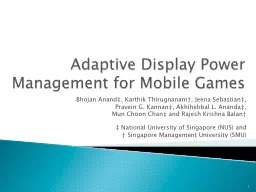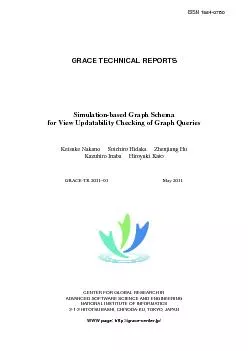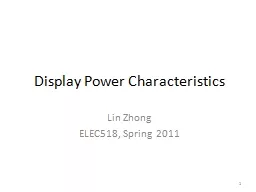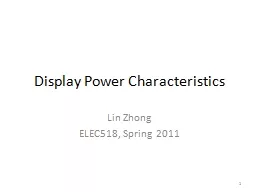PPT-Adaptive Display Power Management for Mobile Games
Author : lois-ondreau | Published Date : 2015-12-09
Bhojan Anand Karthik Thirugnanam Jeena Sebastian Pravein G Kannan Akhihebbal L Ananda Mun Choon Chan and Rajesh Krishna Balan
Presentation Embed Code
Download Presentation
Download Presentation The PPT/PDF document "Adaptive Display Power Management for Mo..." is the property of its rightful owner. Permission is granted to download and print the materials on this website for personal, non-commercial use only, and to display it on your personal computer provided you do not modify the materials and that you retain all copyright notices contained in the materials. By downloading content from our website, you accept the terms of this agreement.
Adaptive Display Power Management for Mobile Games: Transcript
Download Rules Of Document
"Adaptive Display Power Management for Mobile Games"The content belongs to its owner. You may download and print it for personal use, without modification, and keep all copyright notices. By downloading, you agree to these terms.
Related Documents














